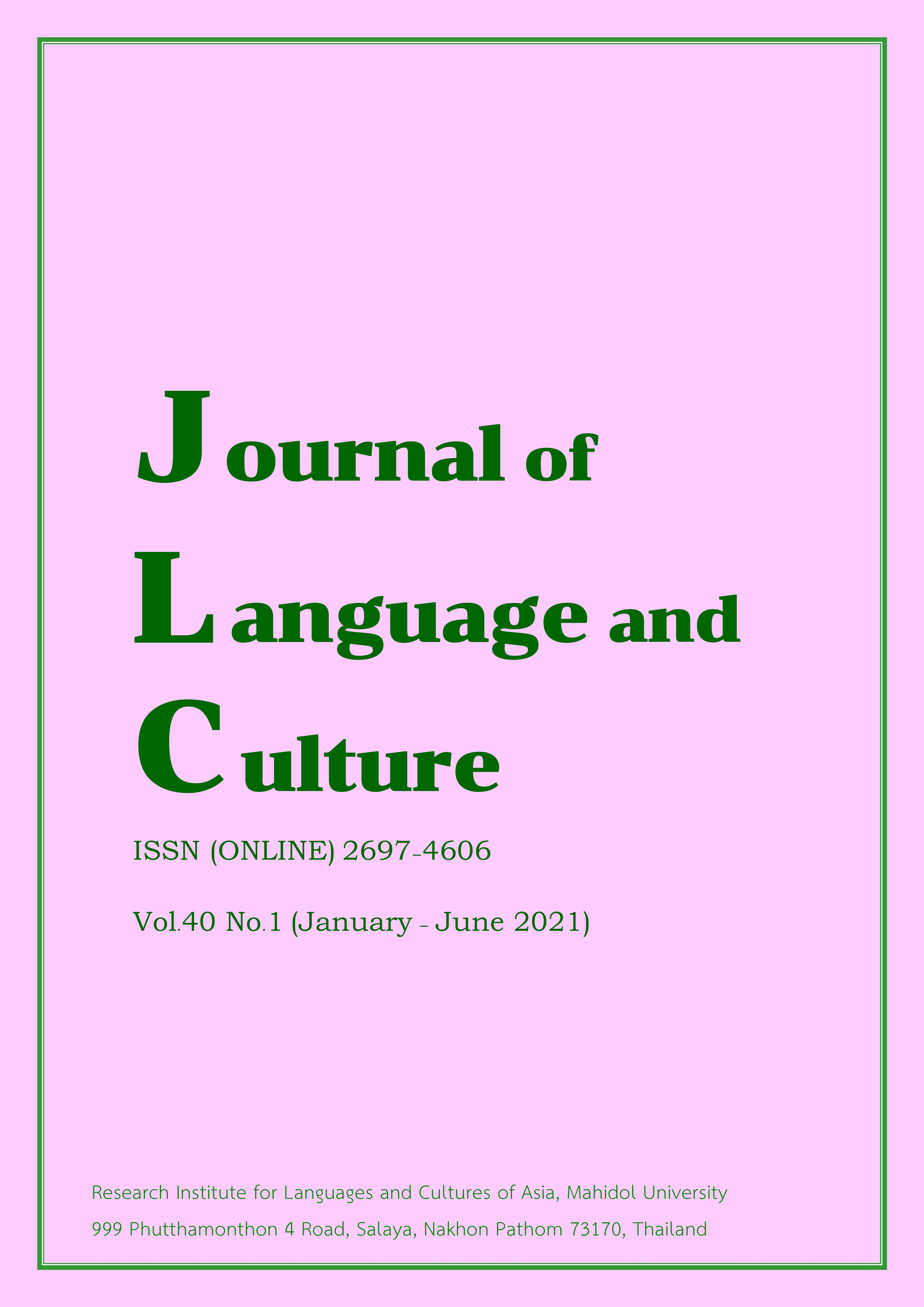The complexity of languages and scripts used in Thailand’s deep south
Main Article Content
Abstract
Thailand’s deep south is a complex area of languages and scripts. The purpose of this article is to explain the complexity of the use of languages and scripts in the life of people in Thailand’s deep south. This study uses a qualitative research method carried out by using interviews, participant observation, and documentation.
The study found that there are six main languages used in the region: Patani Malay, Standard Thai, Classical Malay (Jawi script), Standard Malay (Jawi script), Standard Malay (Rumi script), and Arabic. Patani Malay is used for daily communication with family, friends, and people in the community of Patani Malay people. Standard Thai is used mainly for daily communication, with non-Patani Malay speakers and also used increasingly with family, friends, and people in the community. Thai is also used as the medium of instruction in all government schools. Classical Malay (Jawi script) is used in the religious domain, especially in traditional Islamic education institutions called pondoks. Standard Malay (Jawi script), is used in teaching the Standard Malay language and for writing signs such as village names, school names, mosque names, etc. Standard Malay (Rumi script) is used in teaching the Standard Malay language and some signs. The Arabic language is used in teaching and learning Islamic studies in the Tadika, pondok and private Islamic schools as well as in some government schools. In addition, Arabic is used in studying the Qur’an and for writing the names of religious institutions.
Article Details
The articles featured in the Journal of Language and Culture (JLC) constitute academic works representing the viewpoints of the respective author(s). It is crucial to note that these opinions do not necessarily reflect those of the Editorial Board.
All articles published in JLC are released under the Creative Commons Attribution 4.0 International License (CC BY 4.0). This license grants permission for unrestricted use, distribution, and reproduction in any medium, provided proper credit is given to the original author(s) and the source.


